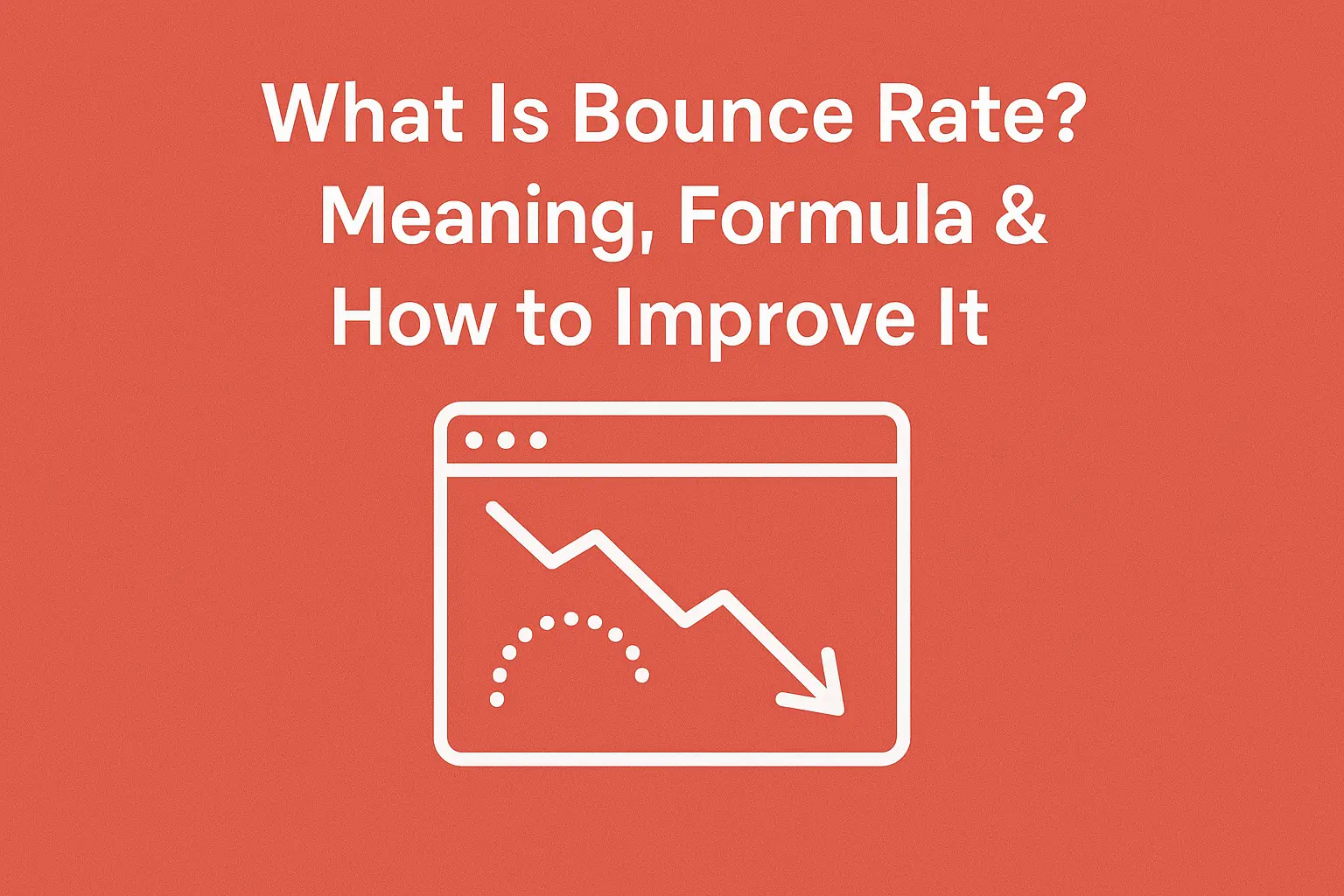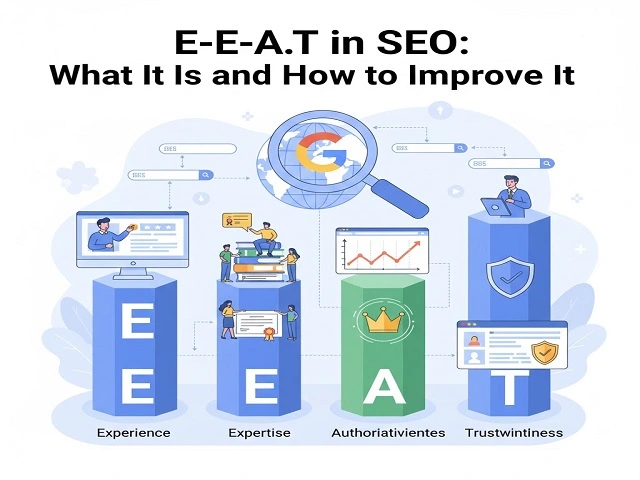Ever looked at your website stats and wondered why visitors leave so quickly?
That’s bounce rate.
It tells you how many users land on your site but leave without clicking anywhere else. It’s like someone walking into your store, glancing around, and walking out without a word.
What Is Bounce Rate? (In Simple Terms)
Bounce rate is the percentage of visitors who land on a page and leave without doing anything, no clicking, no exploring, no buying.
If 100 people visit a blog and 80 exit without clicking further, your bounce rate is 80%.
It’s not always bad. But a high rate may mean your content isn’t doing its job.
How Is Bounce Rate Calculated?
Here’s the basic formula:
Bounce Rate = (Single-Page Sessions ÷ Total Sessions) × 100
Example:
If you had 600 visitors and 240 of them left after viewing just one page:
(240 ÷ 600) × 100 = 40%
In Google Analytics 4 (GA4), bounce rate now appears under engagement metrics.
Why Bounce Rate Matters for SEO
Bounce rate isn’t a direct Google ranking factor. But it tells you how well your page meets user expectations.
A high bounce rate may mean:
- Users didn’t find what they were promised
- The page loaded slowly or looked bad on mobile
- Content was dull, confusing, or overwhelming
- There were no clear next steps
In short, it reflects how users feel about your site, and that affects SEO and conversions over time.
So, What’s a Good Bounce Rate?
A “good” bounce rate depends on the type of website or page. According to CXL’s benchmark data, here’s what you should aim for:
| Website Type | Average Bounce Rate |
| Content Sites | 40% – 60% |
| Lead Generation | 30% – 50% |
| Blogs | 70% – 90% |
| eCommerce/Retail | 20% – 45% |
| Service Sites | 10% – 30% |
| Solo Landing Pages | 70% – 90% |
| Portals (Yahoo, MSN) | 10% – 30% |
Note: A 75% bounce rate for a blog may be fine. But if your services page hits 75%, it’s time to take action.
How to Reduce Bounce Rate (Actionable Tips)
Want people to stay longer and explore? Try these:
- Match content to search intent
→ Make sure your page delivers what users expect when they click
- Speed up your site
→ No one waits more than 2–3 seconds anymore
- Make content easy to scan
→ Use headings, bullets, short paragraphs, and images
- Add internal links
→ Guide readers to related content or services
- Use clear CTAs
→ Tell users what to do next (e.g., “Download Now”, “View More”)
- Be mobile-friendly
→ Test your site on different devices and fix layout issues
- Avoid annoying popups
→ Especially on mobile—keep it clean and respectful

Tools to Track Bounce Rate
Here are a few free and powerful tools to help you monitor and reduce bounce rate:
- Google Analytics 4 (GA4)
→ Track bounce rate under engagement metrics
- Hotjar
→ See where users drop off with heatmaps and recordings
- Microsoft Clarity
→ Free tool to watch how visitors interact
- MonsterInsights
→ GA4-powered plugin for WordPress users
Final Thoughts
Bounce rate is more than a number—it’s a sign of what your users think when they land on your site.
If they bounce too soon, something’s off. But don’t panic. With the right content, layout, and intent-matching, you can turn bounces into engagement, and engagement into results.
Need help reducing bounce rate?
Let our experts at Savit.au analyze your site and help you create content that keeps users coming back.



